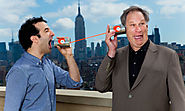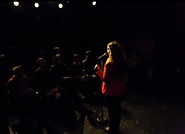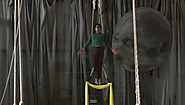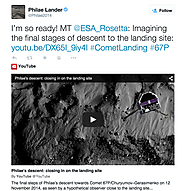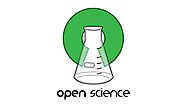Science is at the core of popular experiments in storytelling in all media right now, including over the airwaves.
RadioLab (downloaded 4 million times per month as a podcast) uses a mix of interviews, voice-overs, music, and sound effects to intricately weave tales of how diseases spread, the history and future of the Galapagos, and the story of a family struggling to break through to their autistic son.
RadioLab and another story-centered vehicle,
This American Life, recently gave birth to
Invisibilia, which explores invisible things such as emotions, beliefs, and thought.
The
Story Collider podcast, meanwhile, curates yarns about how science affects people personally, emotionally. These stories are told live and are sometimes funny, often touching. What do you do if you’re an anatomist who couldn’t harm a fly? Use roadkill. How fares a fossil hunter chased by a very alive bear? Gripping stuff. Listen up.

 swissnex San Francisco
swissnex San Francisco
